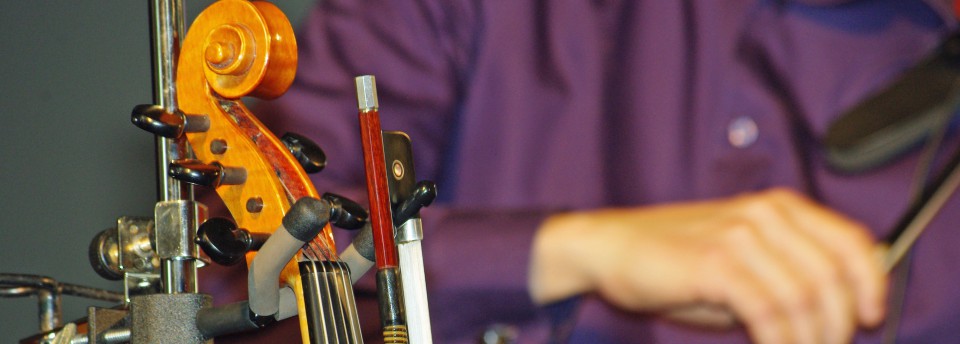In the paean of those who have provided philosophical and theological underpinnings for the role of art in faith and culture, four names stand out: Hans Rookmaaker, (Art Needs No Justification), Francis Schaeffer (Art & the Bible) and John Franklin (Imago).
The fourth is Calvin Seerveld, professor emiritus in Aesthetics at Toronto’s Institute for Christian Studies, who had a six-volume collection of his “sundry writings and occasional lectures” published buy Dordt College Press last year.
One of those volumes, Redemptive Art in Society, needs to be on the “to-read” list of anyone involved in the intersection of faith, arts and culture. The lectures, papers and articles date from as early as 1993 to as late as 2010 and were presented in venues as varied as: the Christians in the Visual Arts (CIVA) conference at McGill University in Montreal, the Christians in the Theatre Arts (CITA) conference in Chicago and Barcelona’s “Arts Gathering” conference in Spain.
In Redemptive Art in Society Seerveld provides artists with the “why” of art. I’d suggest that many of us are so busy with the “how” of our art, we often forget the “why.” We become focused on what we should create, what role our faith plays in creating art, where our art should go and who should be exposed to our art – often forgetting the foundational question: why do we create art?
The peculiar, subtle creaturely glory of artistry (can) be reinstated as an ordinary diaconal ministry: artists skillfully, imaginatively collect nuances in God’s world and present them like manna to their neighbors.
One answer is found in the chapter titled “Necessary Art in Africa: A Christian Perspective,” originally published in Art in Africa, where Seerveld suggests:
“If artistry is built-in human nature, and if artistic imaginative activity is so fundamentally at work in personal, family, and public societal life, though often unobserved, then artistry with its cultural potential left in the hands and to the whims of a godless direction will go to hell. An overwhelming portion of the contemporary Western artworld – painting, song, cinema – has indeed lost its way, I think, because disciples of Jesus generations ago ignored the terrain, or merely domesticated the least offensive varieties of the secularist fashion…
Artists who follow Christ are called to forge a community with faith-brother and faith-sister artists, aestheticians, art historians, art critics, art patrons, an artistic communion within which artistry can be reconceived and reformed from what passes as normal, so that art’s presumed privilege or art’s esoteric adventitious capriciousness be ended, and the peculiar, subtle creaturely glory of artistry be reinstated as an ordinary diaconal ministry: artists skillfully, imaginatively collect nuances in God’s world and present them like manna to their neighbors.” (italics in original)
Christian artistry, suggests Seerveld in “From Ghost Town to Tent City: artist community facing Babylon and the City of God” (a keynote address to the CIVA conference), “does not have to add something to art; it is simply competent artwork presented with holy spirited insight, the way God wants it done.”
Seerveld packs much food for thought into each chapter. But once the reader has a chance to digest his thoughts, they come away with a greater understanding of the role artists who are Christian can have in society: creating “artwork that presents nuanced sorrow or joy with the imaginative relish of an understanding bouyed by hope.”
**********
Calvin Seerveld, Redemptive Art in Society, Dordt College Press, 2014, 328 pages, www.Dordt.edu/DCPcatalog

